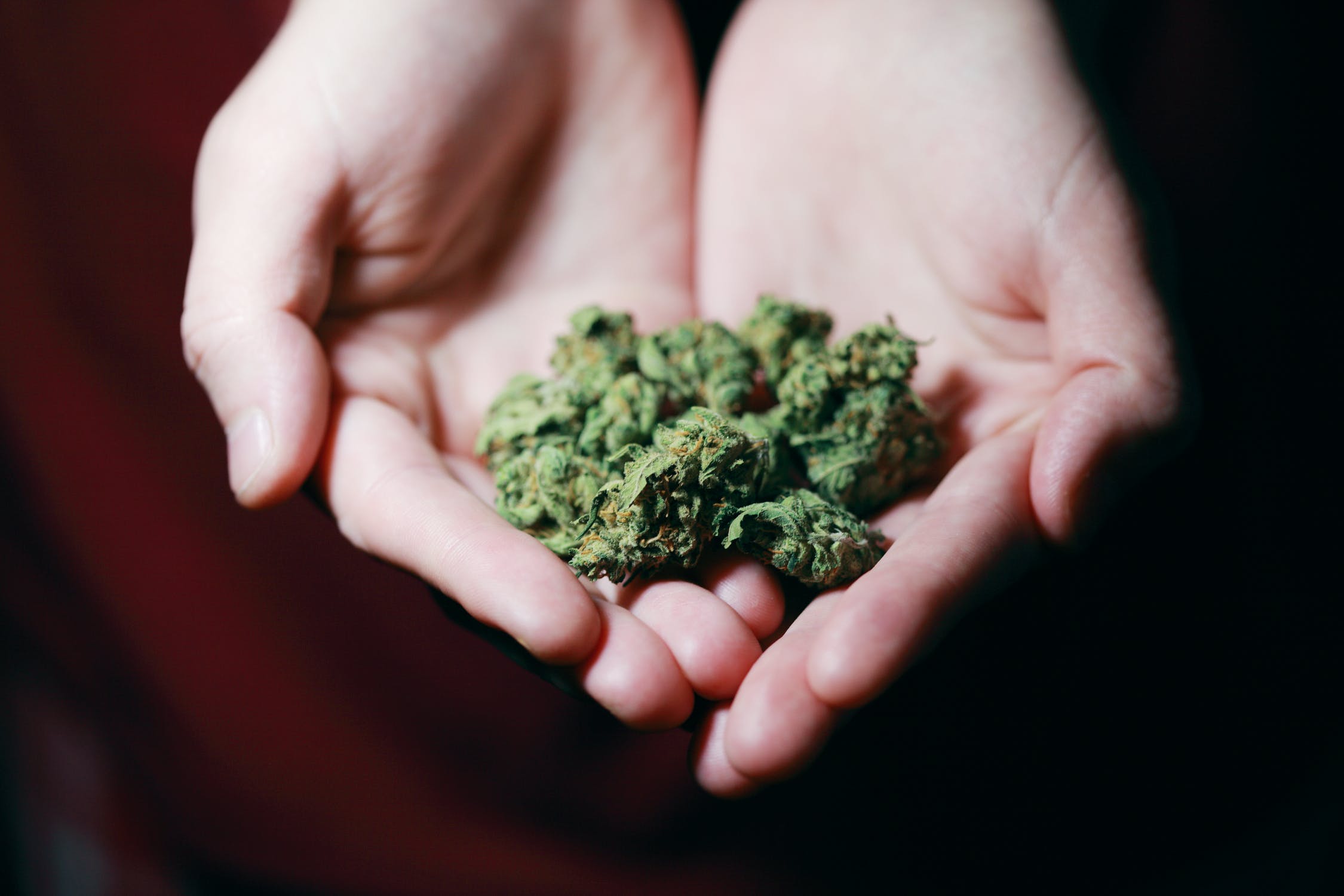
Federal Legislation
The federal government has proposed cannabis legalisation entitled the Cannabis Act (Bill C-45) which would make it legal to produce, use and sell cannabis by July 2018. Once legalized, cannabis will be a controlled substance subject to rules regarding use and distribution. Implementation has, for the most part, been left to the provinces.
Some Facts
Canada has significant experience with cannabis use and distribution. According to the federal report, A Framework for the Legalization and Regulation of Cannabis in Canada (2016), cannabis possession offences accounted for half of all police-reported drug charges— 49,577 of the 96,423 total drug charges in 2015. Despite the existence of serious criminal penalties for possessing, producing, and selling cannabis; the Canadian Tobacco, Alcohol and Drugs Survey, dated 2015, found that 10% of adult Canadians (25 years and older) report having used cannabis at least once in the past year and over one-third reported using cannabis at least once in their lifetime. Additionally, Canadian youth are more likely to consume cannabis (in the past year, 21% of those aged 15–19, and 30% of those aged 20–24).
There also already exists a sophisticated commercial industry that cultivates and distributes cannabis by mail and courier to individuals who require it for medical purposes. In fact, there were 36 licensed producers in operation at the time of the federal report (2016).[1]
Objectives of the Legislation
The Cannabis Act states that the main objectives of the Act are:
- to prevent young persons from accessing cannabis,
- to protect public health and safety by establishing product safety requirements,
- to deter criminal activity by imposing serious criminal penalties, and
- to reduce the burden on the criminal justice system relating to cannabis.
The legislation and regulation aims to address the following issues:
- minimizing harms of use – age, promotion, packaging, marketing, taxation, price, education, workplace safety,
- safe and responsible supply chain – regulation of production, use licensing, tracking system,
- enforcement – enforceable proportional penalties, administrative penalties, limiting locations of use,
- medical access – separate framework for patients, reasonable access, supporting clinical research, and
- implementation – capacity, oversight, co-ordination, and communications.
Ontario Approach
Ontario has stated that it will focus on protecting young people in Ontario by limiting its use to people 19 and over. It will also limit use to those who use it in private residences; and reduce use through its effort on prevention, diversion and harm reduction.
Ontario has decided to base its approach to cannabis regulation upon its experience with the distribution of alcohol and tobacco. Key elements of the Ontario approach include:
- The use, purchase and possession of recreational cannabis will be limited to people 19 years old and older. The use will also be prohibited in public places and workplaces[2].
- The LCBO will oversee the legal retail of cannabis through new stand-alone cannabis stores (150 by 2020) and an on-line order service (available in 2018). Private retail stores will not be allowed.
- Commercial dispensaries other than the LCBO will not be legal retailers and enforcement action will be taken against them.
- There will be the development of prevention and harm reduction programs that would educate the public and promote awareness of cannabis-related harms.
- Decisions regarding pricing and taxation will be made after additional details are determined by the federal government.
Experience with Alcohol and Tobacco
A Globe and Mail editorial (September 22, 2017) reviewed the history of regulating alcohol and tobacco. The editorial started with the premise that smoking marijuana had real health risks, particularly for young people; and noted that according to the OECD, Canada has developed among developed countries the world’s highest rate of youth cannabis use. It noted that even though the dangers of drinking were also well known, alcohol prohibition was dropped in favor of legal sales. As a result, organized crime left the business and some of the dangers of alcohol consumption have been decreasing (rate of drunk driving has fallen by more than two-thirds since 1989.
The story for tobacco, which is also bad for health, is similar. Canada uses a combination of taxation, regulation, and education to discourage smoking. By 2011, the rate of Canadian smokers fell from 50 percent in 1965 to 17 percent (the editorial cites statistics from Physicians for a Smoke-Free Canada).
The current approach for Cannabis aims to achieve the same outcomes: removing organized crime as well as encouraging less use and abuse.
Next Steps
The Federal Act passed on November 27, 2017, and the provinces must implement new and/or amend legislation to implement local requirements. Ontario announced it that it will be consulting with municipalities, Indigenous communities, and other stakeholders to determine additional details.
The full Federal Act can be found here.
By Randee Pavalow and Michael Bluestein
[1] A Framework for the Legalization and Regulation of Cannabis in Canada, Government of Canada (December 2016)
[2] Under the federal proposal, adults would be allowed to have up to 30 grams of dried cannabis, while people under 18 would be able to have up to five grams.
